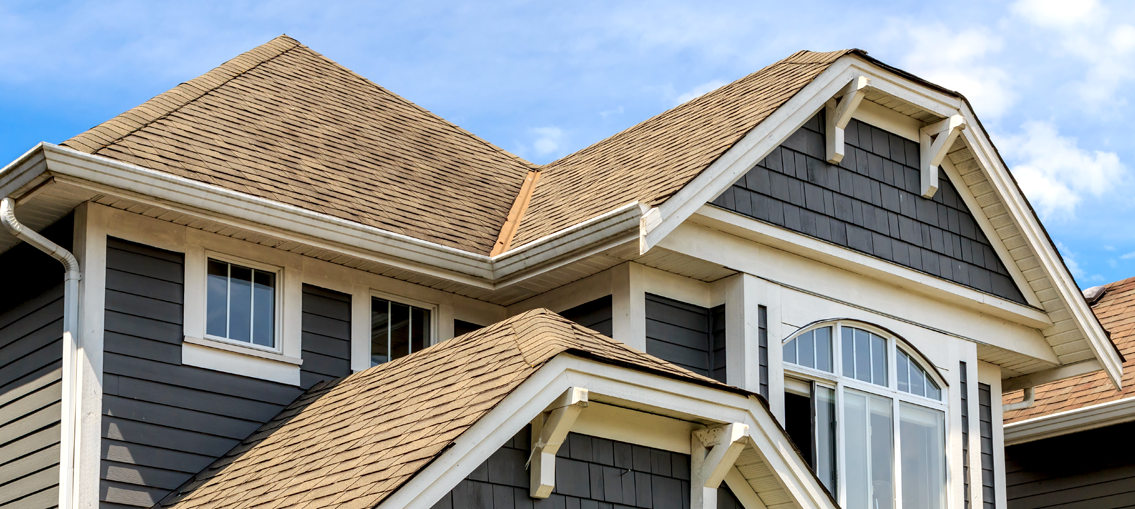Did you know that there are entire holidays and observances just for roofs? From National Roof Over Your Head Day to National Roofing Week, these holidays encourage people throughout the country to be thankful for this part of their home and mindful of those who may not have one. And speaking of roofs, we want to make sure the one over your head is intact, inspected, and keeping you and your family safe and healthy.
With that in mind, here are three important facts that every potential or current homeowner should know about roofing systems.
1. Roofs are one of the most important parts of the home
Roofs are important for obvious reasons—they provide a barrier to unwanted objects and animals, inclement weather, and other elements of the outdoors that are best kept outside. But beyond that, roofs also help keep your home’s structure free of rot, mold, and other growths that can damage the integrity of your home, make you and your family sick, or necessitate more costly repairs. That’s why it's critical to ensure your roof is regularly inspected by a trained professional.
2. Roofs can be difficult to inspect
Given the pitch—or incline—of a roof, as well as its height, accessing and thoroughly inspecting a roof presents more of a challenge than inspecting areas of the home that are at ground level. What’s more, some roof problems are subtle and difficult to spot. For example, tile roofing doesn’t age or crack to reveal degradation or defects, whereas asphalt shingles do. That means, depending on the type of roof you have and the materials it’s made with, certain issues may be harder to find.
But have no fear! A trained home inspector will be more than qualified to accurately and closely inspect your roof, chimney, gutters, and flashing—which is a thin strip of water-resistant material that’s installed to direct water flow away from your home—for everything from leaks and mold to deterioration and missing materials.
3. No two roofs are the same
Roofs come in all different shapes and can be made with all sorts of materials. Across the Atlantic, centuries-old thatched roofs—which are built with dry vegetation such as straw, heather, or palm branches—can still be found in England. Whereas in the United States, roofing systems are most commonly made with materials such as composite shingles, wood shingles, clay tiles, slate tiles, and more. And while all of these materials are acceptable for use, they each may come with their own unique pros, cons, and maintenance needs. Something they all share in common? The need for proper installation and regular professional inspections by a trained and qualified ASHI Inspector.
The more you know, the better. And whether you’re a potential or current homeowner, a new buyer, or a home inspector, staying knowledgeable about the home—from its foundation to its roof—is a crucial part of maintaining safe, clean, healthy, and beautiful places to live.


